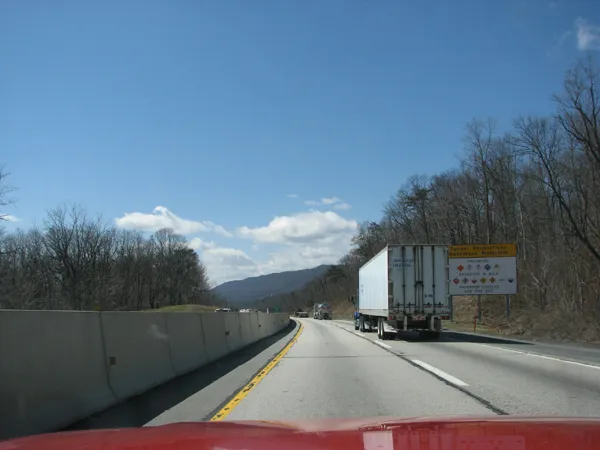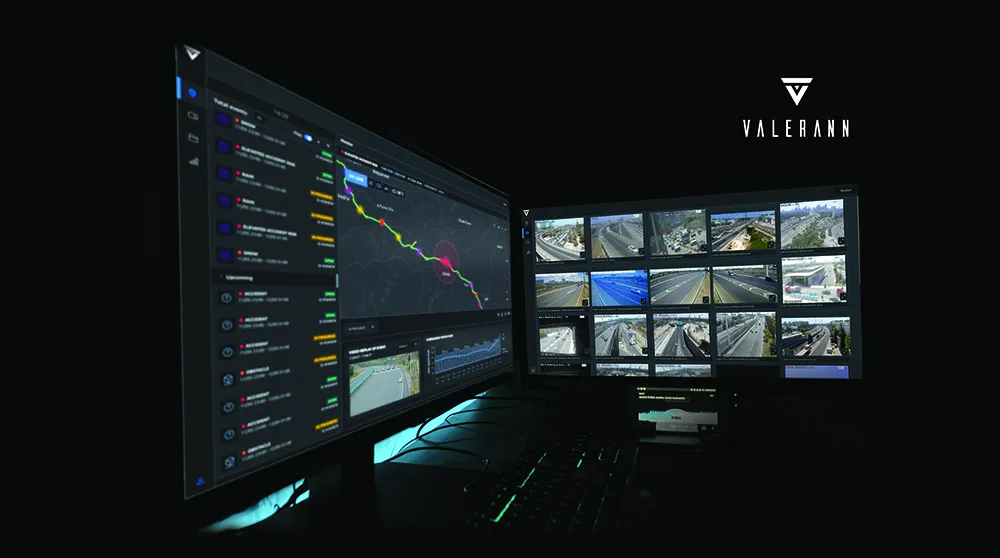US-based Ennis Traffic Safety Solutions, parent company of UK-based road safety products manufacturer Ennis Prismo, is merging with Flint Trading to create Ennis Flint. Steve Vetter has been named the new company's chief executive and Matt Soule as chief financial officer.
March 2, 2012
Read time: 1 min
US-based 3570 Ennis Traffic Safety Solutions, parent company of UK-based road safety products manufacturer 1394 Ennis Prismo, is merging with 3568 Flint Trading to create 3569 Ennis Flint. Steve Vetter has been named the new company’s chief executive and Matt Soule as chief financial officer. Bryce Anderson retains his position as chairman of the board of directors. Brazos Private Equity Partners will maintain its significant equity ownership in the combined enterprise. The merger is expected to be complete by the second quarter of 2012. Ennis Flint will continue to operate out of corporate offices in Dallas, Texas and Thomasville, North Carolina. Ennis Prismo’s headquarters will remain in Chorley, north-west England.








